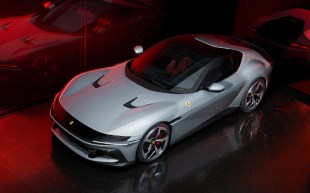Sunny side up: The world's first solar-powered family car
Welcome aboard, sunshine
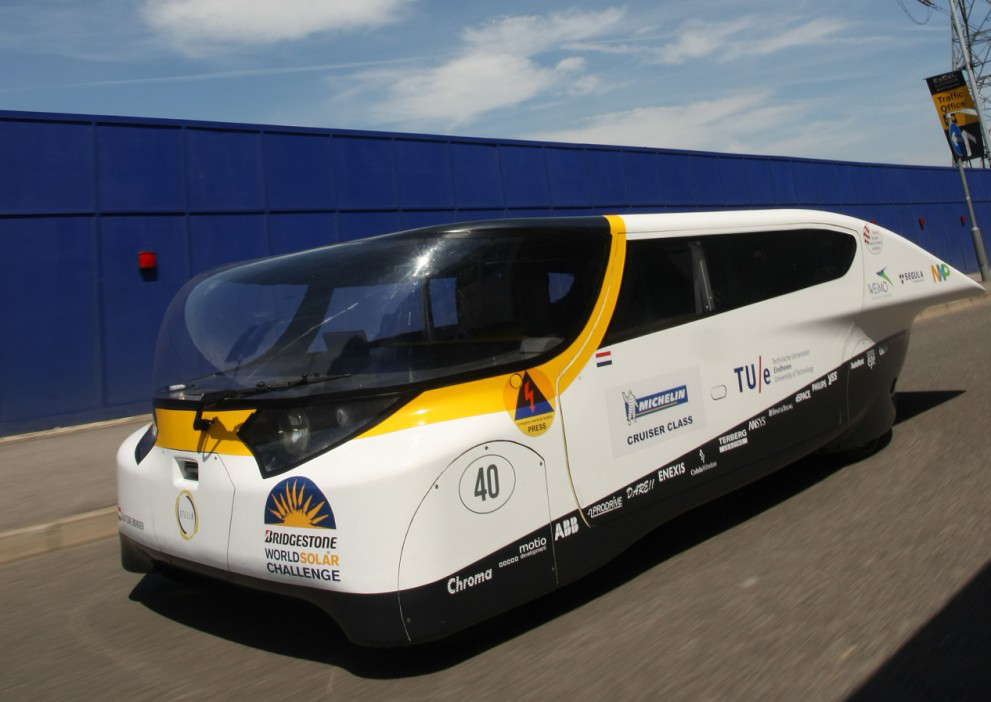
LIGHT TRAVELS at 186,000 miles a second but the solar-powered car I’m travelling in is doing about 25mph as it trundles along the streets of Docklands in east London.
People are staring, trying desperately to understand what they’re looking at. Others smile and wave. One chap jogs alongside, shooting a video on his iPad.
I want to smile and wave back but the heat from the sunlight being absorbed by the 65 sq ft of solar panelling on the roof that power the two electric motors driving the car’s front wheels, is making my heart race and my stomach turn. There’s no point trying to flick a ventilation switch; there isn’t one. There’s little point in trying to open the side windows, either, because they are screwed shut to improve aerodynamics.
There may not be any solar-powered cars but click here to search for used cars on driving.co.uk
This car, called Stella, may be the world’s first solar-powered four-seat family car, and the winner of the cruiser class in the 2013 World Solar Challenge held in Australia when it travelled 1,864 miles in four days in temperatures that approached 50C, but I’d caution against taking it for a drive on a sunny day.
This is the first time Stella has been driven on public roads in Britain. Its designers, 23 young students from the Eindhoven University of Technology in Holland, insist that only they can drive the car but were happy to let me be a passenger and told me to expect lots of surprised looks.
I’m not disappointed, but then you’d be pretty surprised if you saw a car that looks like a king-size bed with a solar panel for a quilt rolling past you silently. Against the conventional hatchbacks and saloons slowing down on the roads around Docklands so that their drivers can take a closer look, Stella looks like a prop that has escaped from a sci-fi film.
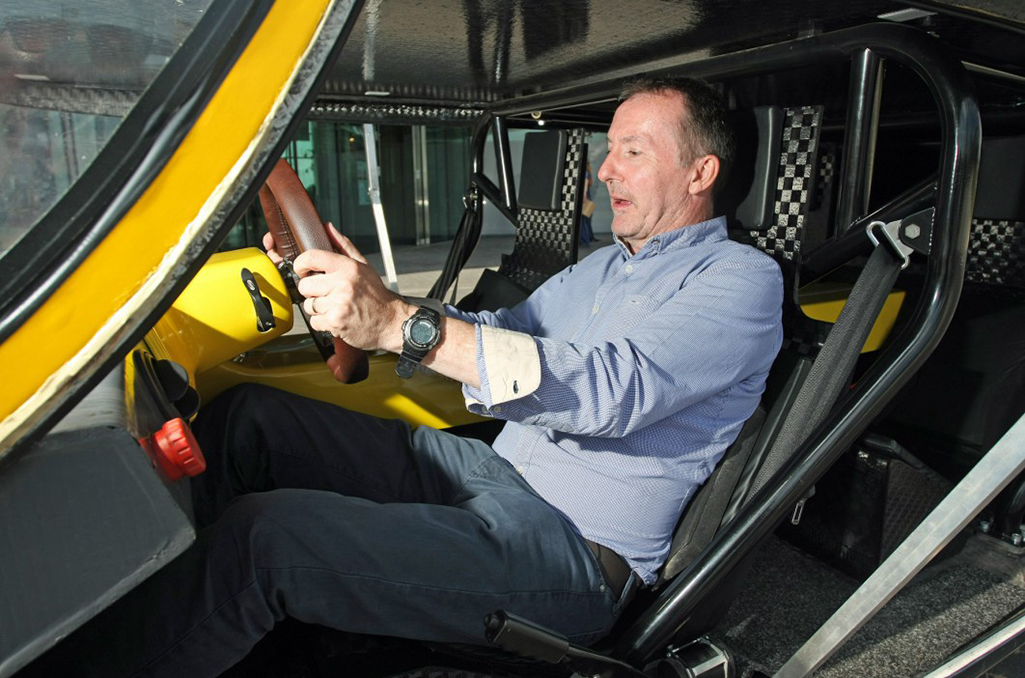
The car works by converting light into electricity via its enormous solar panels. The power can be used to charge the 138lb lithium-ion battery stored under the centre armrest or channelled directly to the pair of electric motors driving the car’s front wheels.
Regenerative braking, when wasted energy is converted into electricity, augments Stella’s power reserves. The car’s daylight range is affected by the weather conditions: the clearer the sky, the further it can travel using a combination of solar and battery power. On a sunny day it can travel on solar power alone, with an empty battery, from sunrise to sunset, at a top speed of 40mph. For higher speeds the battery is required to provide more power. The official range, based on different roads, speeds and inclines, is 485 miles using solar and battery power. At night it travels using battery power alone.
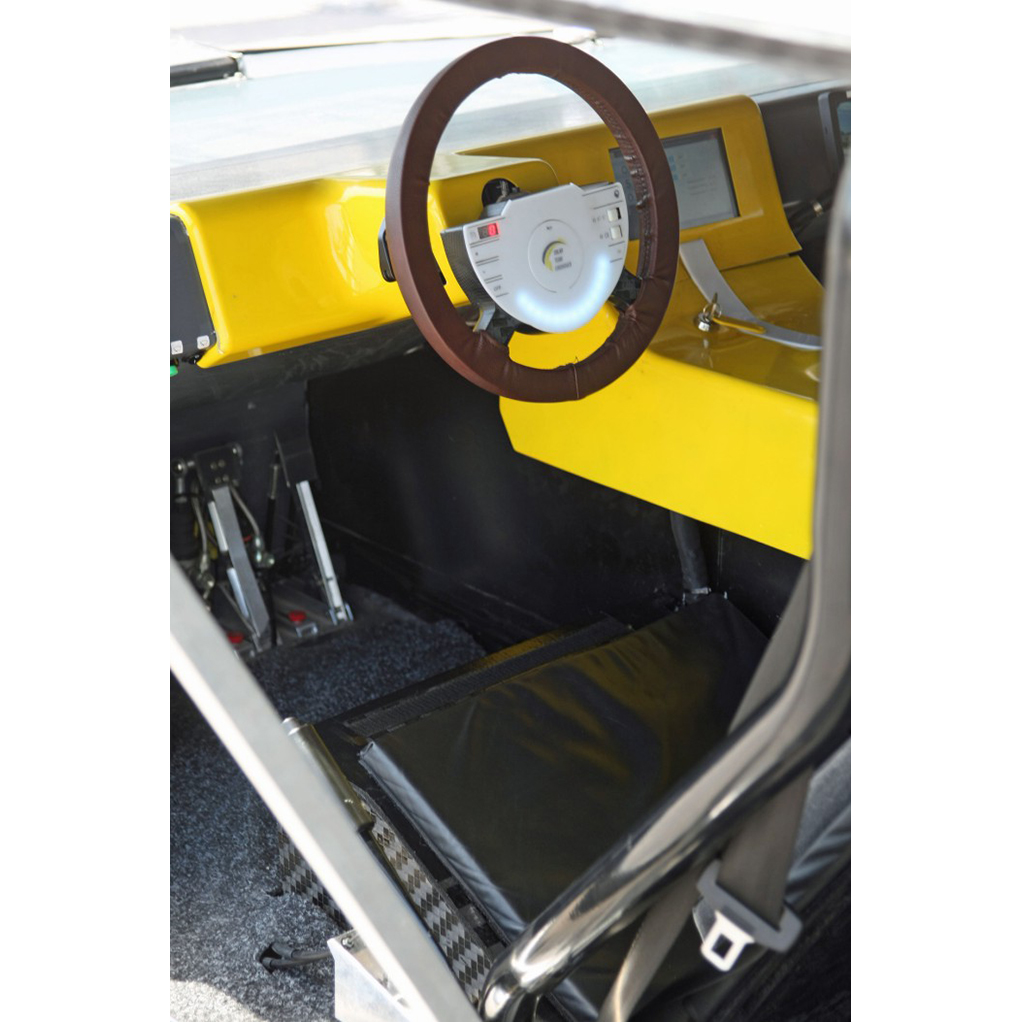
Its designers say they created it to be as light and aerodynamic as possible. The upshot is that it weighs just 855lb and stands just 3ft 9in high (a Mazda MX-5 sports car is 4ft 1in high).
Turn the key, push the transmission lever into drive and you’re away to the accompaniment of sundry whirrs and rattles. The ride is surprisingly smooth over the Docklands roads, at least until we approach a speed hump when we must slow to a crawl. The suspension has next to no travel. The brakes sound awful at low speeds when the discs and pads scrape together noisily. Pick up speed a little and the regenerative braking system is used, slowing the car silently by the electric motors.
Energy for Stella might be free but the requirement for a solar panel the size of a helicopter landing pad doesn’t yet make a fully solar car practical for city use. In fact there are no plans for Stella to go on sale and even the blue-sky-thinking designers admit that solar power is not the ultimate in green driving. However, manufacturers have already begun fitting some cars with solar panels to provide small doses of energy in addition to a vehicle’s main powerplant.
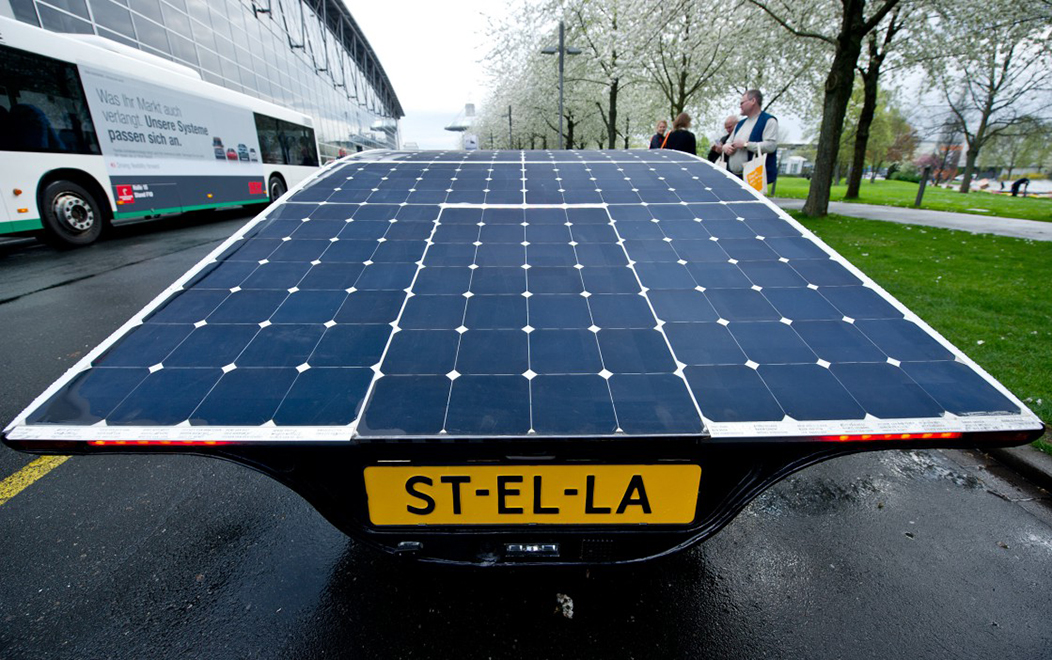
One popular addition is a solar panel in a vehicle’s sunroof, which can power fans to keep the car ventilated when parked. It is available on the Audi A8 luxury saloon, where it costs £440 in addition to the sunroof. Toyota also offers it to Prius buyers for £1,550. Its system allows drivers to switch on the air-conditioning for up to three minutes before they get into the car.
Ford has the biggest ambitions after unveiling its C-Max Solar Energi plug-in hybrid concept, which has solar panels fitted across the roof. They are intended to charge batteries that can power the car for up to 21 miles before a petrol engine has to take over. Ford says that a day’s worth of sunlight will charge the batteries but only if used with a hi-tech garage canopy that acts like a magnifying glass to concentrate the sun’s rays on the car’s roof.
As for Stella, my test ride left me unconvinced that this is the future. True, there is a buzz to be got out of travelling at 25mph powered only by the sun but when I emerge from the cockpit, sweating and cramped, I can’t wait to get back behind the wheel of my own car. In fact, a bicycle would do.
Stella’s specifications
Style: Four-seat hatchback
Kerb weight: 855lb
Power: 55bhp
Top Speed: 75mph
Range: 485 miles on battery and sunlight (day); 267 miles (night)
Click here to search for used cars on driving.co.uk


